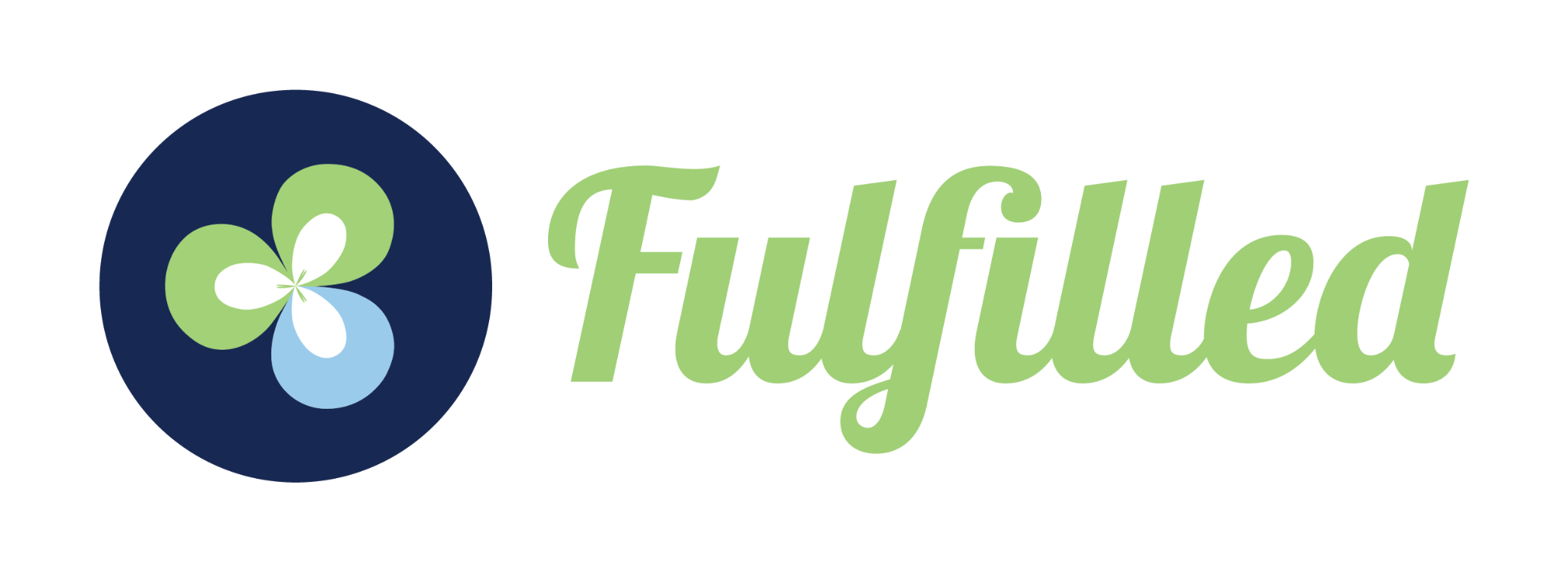Whether you’re creating a workbook, PDF, slide deck or online course, incorporating visuals is no longer a nice-to-have, it’s what people have come to expect.
And when used in the right way, photos, infographics and visual design can help to convey information faster, and make your content more memorable.
But if you don’t have the budget for a photographer or the aptitude for design, how do you go about finding visuals that complement your work?
One economical and efficient option is to use stock photographs. Although these once had a reputation for being generic and cliche, things have come a long way.
There are many well organised online image banks with quality photos that cater to all manner of topics and all ranges of budgets, starting with zero. A quick Google search for “the best free stock image websites” reveals them all.
Of course, the more you can afford to pay, the better the selection and quality of photographs. But you don’t have to have big bucks to liven up your content with interesting images. You just need the right creative approach.
Creative Approaches
Photos can serve many purposes, and it’s worth taking a moment to think about what those might be for your content.
Most often, they are used in a literal sense – showing exactly what the accompanying words are explaining. For example, the description of a meditation technique might have an image alongside of a person meditating.
This is an adequate approach if only to serve as a visual break from a block of text.
Photographs are useful when the information is best conveyed visually – an image of a specific posture or stance to complement a description in words (to continue our meditation example).
However the most interesting and overlooked use of photos in serious work are when they help to spark emotions that might otherwise be hard to convey with text alone – a picture of a serene expression, a relaxed body, or a blush of colours that convey peace (to round out our meditation example!).
Here are some examples of photos we’ve used in our content at Fulfilled, employing different creative approaches:
To inspire with possibility

This photo featuring a woman on a phone against a beautiful sunset was the final photo featured in our seven-day digital course called “Course Creation Basics” and appeared alongside the text: Now, take a moment to imagine people doing YOUR course ANYWHERE!
Coaches who use Fulfilled share their digital courses with clients on their mobile phone. We wanted to leave them with the idea that even someone sitting in a location that is very remote and unfamiliar to the coach could be benefitting from the content they created.
To lighten things up
We wanted to bring some humour to our seven-day course called “Master Mindful Eating”. So we used a series of photos featuring babies and animals. In the examples above, the guinea pigs accompanied a lesson about taking the time to taste your food, while the tortoise brought some visuals to a lesson about eating slowly.
The baby needs no explanation!
To motivate with metaphor

At the tail end of an intensive course by Fulfilled that helps coaches and trainers to create their own online courses from their existing content, we featured this photo of a swimmer reaching for the finish, to illustrate that learners should keep going because they are so close to the end.
Finding suitable imagery for the topics like “course creation” can be difficult, so thinking metaphorically can help. Using search terms like “finish line”, “achievement” helped to open up a new world of photos that weren’t initially on our radar.
To capture a feeling
The cover image of this blog is by Steve Johnson on Unsplash. It is a photo of a piece of abstract art. We chose it for its vibrance, and to illustrate that photos can work in many ways. Sometimes it’s impossible to find an appropriate image of a person, place or thing.
In those instances, think about the emotions or colours that might help to give some life to your words and see what options pop up.
Consistency
Whatever approach you choose, remember that consistency helps to make things feel whole. If you choose a particular creative approach, try to stick with it for that particular piece of work.
Also, try to use images that are similar in quality. A simple way of ensuring this is to stick to one database or one photographer’s work if the selection fits your criteria.
Permissions
Before launching into an image search on any stock website, make sure you check its licensing terms. All stock sites should have a link to their license. If they don’t, move on – there are some sites that make dubious claims of free photos in exchange for an email address.
Once you locate the license section, check that the photos on offer are covered for your intended use. Consider terms related to commercial and non-commercial use, editing of images and how long you can use them for.
Some sites – especially the free ones – ask only that the photographer be acknowledged in specific phrasing alongside the published image.
As you may have noticed, some of our go-to sites are Unsplash, Pexels and Pixabay
If you’d like to learn more about any of the online courses mentioned in this blog or about how Fulfilled empowers coaches and trainers to create and share their own courses then feel free to get in touch.
We’d be happy to invite you to try out Fulfilled for yourself!
Happy creating!




